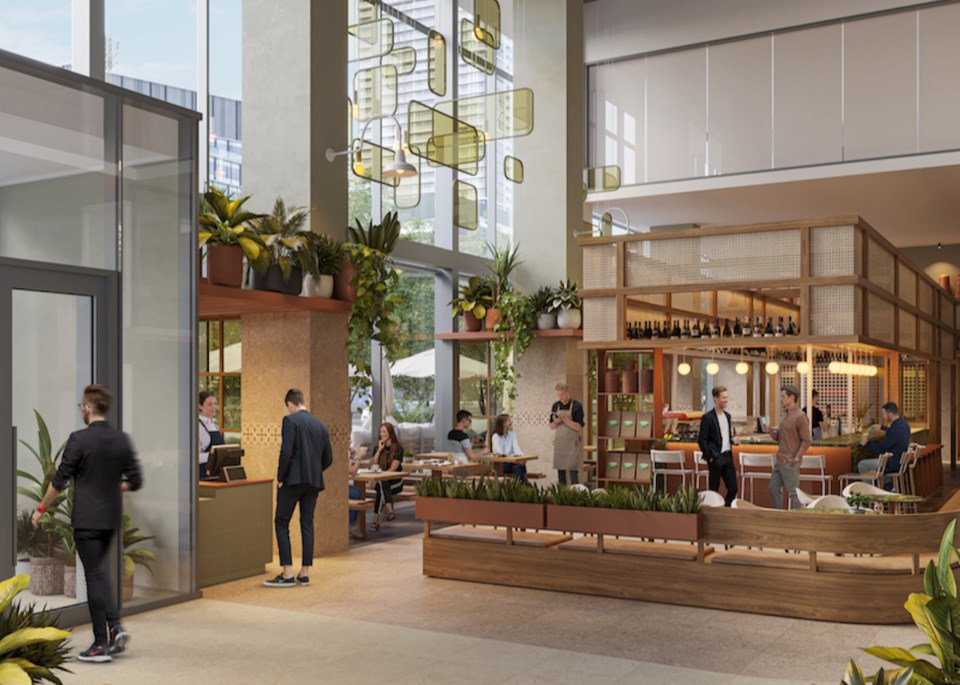Design, convenience and amenities trump space for today’s tenants, according to a panel the Urban Land Institute convened this week.
“Our residents, frankly, are discerning. It used to be that folks had to rent; they had no option. Folks are coming in today saying, ‘I’m actually choosing to rent,’” said Anthony Lanni, executive vice-president, residential with QuadReal Property Group during the online discussion on May 18. “If someone has a $2,000 budget and they desire a one-bedroom, they’re going to go to the one-bedroom that feels really well-executed, really well-designed.”
QuadReal, which manages approximately 10,000 units across Canada and 50,000 in the U.S., is mindful that units will rent out dozens of times over the life of a building, and will need to meet the needs of several generations of tenants. New units are also competing against investor-owned apartments in condo towers, and must match or exceed their specifications.
“The new buildings that we’re seeing pop up across the region are indistinguishable from the best condo buildings in the market, and I would argue that with the investments in the core and critical building systems will outperform those buildings,” Lanni said. “So really, it’s a new dawn for British Columbia rental housing.”
One change has been ensuring that the master bedroom – in units with more than one bedroom – can accommodate a king-size bed. Amenities are also key, such as play areas for families with kids.
“We aren’t developing the kinds of spaces for families thinking about the amenities and the child rooms, the play areas,” he said. “Certainly leading the way in the United States and making its way into Canada are more child-focused amenities in our buildings.”
However, the range of possibilities for all tenants is gradually expanding.
Working with Lennar Corp., the world’s biggest homebuilder, QuadReal saw several underutilized spaces in its U.S. properties transformed into co-working spaces.
“This was dead space that was really unrentable short of a storage room,” he said. “[Now] folks come into our buildings and say, ‘What sort of opportunities do you have for me to work in the property outside of my suite?’ If you don’t have an answer for that, often they’re going to go across the street. So we’re starting to think about how our residents really do work and live and play.”
This rings true for Andrew Emmerson, principal with GBL Architects in Vancouver, who sees business centres, music rooms and of course gyms being added to purpose-built rental buildings.
“If you are working in the confines of a small studio you have the opportunity to see these amenity areas as extensions of your living area,” he said. “These facilities are in excess of what strata developments were looking for 10 years ago. So it has been a huge shift. I feel rental buildings now are almost leading the way.”
Fellow panellist Justin Poulsen, a project manager with real estate services firm Rennie, says offerings in the Lower Mainland are gradually catching up with those in the U.S. Great West Life Realty Advisors will complete a project in the Lower Lonsdale neighbourhood of North Vancouver this fall that will have a three-storey amenity space featuring co-working and entertainment facilities.
Others are in the planning stage, and the owners are thinking big.
“We’ve having conversations with a lot of clients right now who have purpose-built rental projects outside of downtown Vancouver,” he said. “They’re talking about, do we do a bar in our lobby?”
Century Group is implementing such a concept at its Holland Park development in Surrey. The Central Bar aims to transform traditionally mundane moments of tenant life such as picking up mail, waiting for guests or a ride into an engaging social experience. The project is set to complete in late 2023.



